How To Drain Water Out Of Toilet
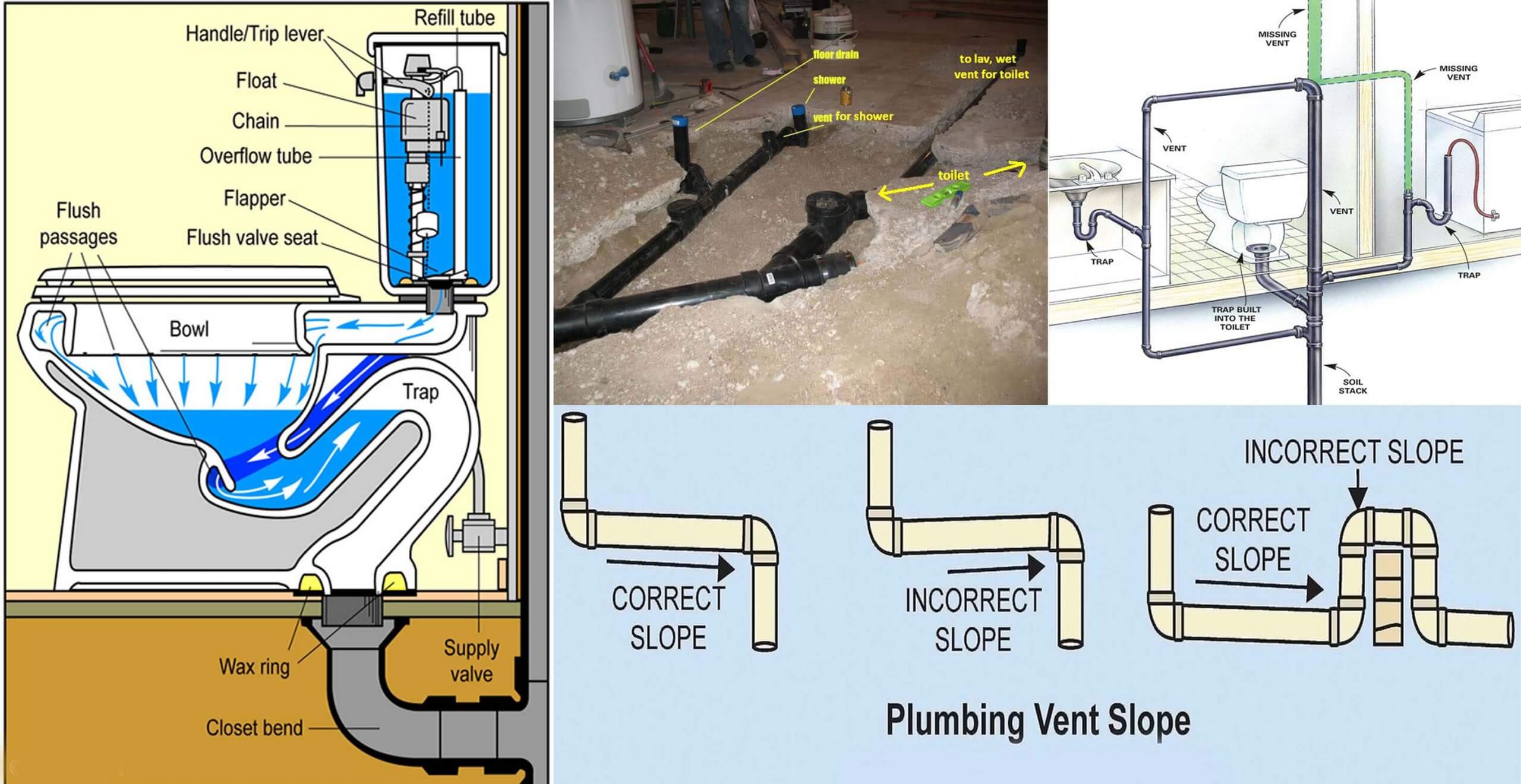
One common household frustration is a toilet that's overflowing or simply holding too much water. You flush, and instead of the water level receding normally, it stubbornly remains high, threatening to spill over the bowl's edge. This can be more than just an inconvenience; it can lead to water damage and a messy situation. Fortunately, in many cases, you can tackle the issue yourself. This guide provides a clear, step-by-step approach to safely drain water from your toilet, helping you identify the cause and potentially fix it without needing to immediately call a plumber.
Diagnosing the Problem: Why is Your Toilet Holding Too Much Water?
Before you start draining, it's important to understand why the water is sitting too high. This will help you choose the right course of action. The most common culprits are:
- A clogged toilet bowl: This is the most frequent reason. Something is physically blocking the drain, preventing water from flowing freely.
- A clogged toilet drain: The blockage might be further down the drainpipe, beyond the bowl itself.
- A faulty flapper valve: The flapper is the rubber seal at the bottom of the tank that allows water to flow into the bowl when you flush. If it's not sealing properly, water can constantly trickle into the bowl, raising the water level.
- An overfilling fill valve: The fill valve controls the water level in the tank. If it's malfunctioning, it might be adding too much water, which then overflows into the bowl.
We'll focus on draining the bowl first and then address each of these potential causes.
Step-by-Step Guide to Draining a Toilet Bowl
Safety First!
Before you begin, remember these safety precautions:
- Wear rubber gloves: This protects you from germs and bacteria.
- Protect your eyes: Especially if you're using plungers or other tools, wear eye protection.
- Be careful with chemicals: Avoid using harsh chemical drain cleaners unless absolutely necessary, as they can damage your pipes and be hazardous to your health.
- Turn off the water supply: Locate the shut-off valve behind the toilet (usually on the wall or floor). Turn it clockwise to stop the water supply. This will prevent further overflow during the process.
Step 1: Assess the Situation (No Tools Required)
Take a close look at the water level in the bowl. Is it significantly higher than usual? Is there any visible debris floating in the water, like excessive toilet paper or something that shouldn't be there?
Check the tank: Remove the toilet tank lid (carefully!). Observe the water level inside the tank. Is it overflowing into the overflow tube (a vertical tube inside the tank)? If so, that indicates a problem with the fill valve or flapper.
Step 2: The Bucket Method (No Tools Required)
If the water level is dangerously high and you need to immediately prevent an overflow, the bucket method is the quickest way to remove water. This is also useful if you want to inspect the bowl itself before plunging.
- Grab a bucket: Choose a bucket large enough to hold a significant amount of water (2-3 gallons).
- Carefully scoop out water: Gently scoop water from the toilet bowl into the bucket. Avoid splashing.
- Dispose of the water properly: Pour the water down another toilet, a sink drain, or outside if appropriate (and if the water is relatively clean).
- Repeat as needed: Continue scooping and emptying until the water level in the bowl is at a manageable level (ideally below the normal water line).
Now that the immediate overflow threat is gone, you can proceed to try to clear the blockage.
Step 3: The Plunger (Requires a Toilet Plunger)
The plunger is your first line of defense against clogs. A good quality toilet plunger (with a soft, flexible flange that folds out to seal the drain) is essential.
- Ensure there's enough water: The plunger needs to be submerged in water to create a proper seal. If you've drained too much water with the bucket, add some back until the bowl is about half full.
- Position the plunger: Place the plunger cup over the drain opening, ensuring a complete seal. The flange should be fully extended and in contact with the porcelain.
- Plunge vigorously: Push and pull the plunger up and down with a firm, consistent motion. Maintain the seal throughout the process. Avoid splashing.
- Repeat for several minutes: It may take several minutes of plunging to dislodge the clog. Be patient and persistent.
- Check for drainage: After a few minutes of plunging, stop and see if the water level starts to drain. If it does, continue plunging to help clear any remaining debris.
- Flush the toilet: Once the water drains, flush the toilet to ensure the clog is completely gone. If it clogs again, repeat the plunging process.
Important: If plunging doesn't work after a reasonable amount of effort, move on to the next step. Over-plunging can sometimes worsen the clog.
Step 4: The Toilet Auger (Requires a Toilet Auger)
If the plunger fails, a toilet auger (also called a closet auger) is the next tool to try. This is a flexible tool with a curved end designed to break up or retrieve clogs further down the drain.
- Insert the auger: Carefully insert the auger into the toilet bowl drain opening.
- Crank the handle: Rotate the handle of the auger as you push it further into the drain. This will help it navigate bends and break up the clog.
- Feel for resistance: When you encounter resistance, that's likely the clog. Continue rotating the handle to break it up or try to hook it and pull it out.
- Retrieve the auger: Once you've broken up the clog or retrieved it, carefully pull the auger back out of the drain.
- Inspect the auger: Examine the end of the auger to see what you've retrieved. This can give you clues about what caused the clog.
- Flush the toilet: After removing the auger, flush the toilet to ensure the clog is completely gone. If it clogs again, you may need to repeat the process or consider calling a plumber.
Caution: Use the auger carefully to avoid scratching the porcelain of the toilet bowl.
Step 5: Addressing Tank Issues (Requires Observation)
If the clog seems to be clear, but the toilet continues to overfill or the water level is constantly too high, the problem likely lies within the toilet tank.
- Examine the Flapper Valve: With the tank lid removed, flush the toilet and watch the flapper valve (the rubber or silicone seal at the bottom of the tank). Does it seal completely after the flush? Or does water leak around it? A leaky flapper is a common cause of toilets running constantly and overfilling the bowl.
- DIY Action: If the flapper is old or damaged, replace it. Flappers are inexpensive and easy to replace. You can usually find a replacement at your local hardware store. Before purchasing, note the model of your toilet or bring the old flapper with you. Follow the instructions on the new flapper's packaging for installation.
- DIY Action: Check the chain connecting the flush lever to the flapper. If the chain is too long, it can prevent the flapper from sealing properly. Shorten the chain by removing links.
- Inspect the Fill Valve: The fill valve controls the water level in the tank. Watch the fill valve while the tank is filling. Does it shut off properly when the water reaches the appropriate level (usually marked on the tank)? Is water continuously running into the overflow tube?
- DIY Action: Try adjusting the fill valve. Many fill valves have an adjustment screw or clip that allows you to raise or lower the water level. Experiment with these adjustments to see if you can get the valve to shut off at the correct level.
- DIY Action: Check for debris around the fill valve. Mineral buildup or small particles can prevent the valve from sealing properly. Try cleaning the valve with a soft brush.
Important: If adjusting the flapper or fill valve doesn't solve the problem, the valve itself may be faulty and need to be replaced. This is a slightly more involved repair that might be best left to a professional if you're not comfortable working with plumbing.
When to Call a Professional Plumber
While many toilet draining and clogging issues can be resolved with these DIY methods, there are situations where calling a plumber is the best course of action:
- Persistent Clogs: If you've tried plunging and using a toilet auger, and the toilet still clogs repeatedly, there may be a more significant blockage further down the drain line that requires specialized equipment to remove.
- Sewage Backup: If you experience sewage backing up into your toilet or other drains, this is a serious issue that needs immediate professional attention.
- Leaking Toilet Base: If you notice water leaking from the base of the toilet, this could indicate a problem with the wax ring seal. Replacing a wax ring requires removing the toilet, which can be tricky and messy.
- Cracked Toilet: A cracked toilet can leak and potentially collapse. This is a safety hazard and requires immediate replacement by a professional.
- If You're Uncomfortable: If you're not comfortable working with plumbing or you're unsure about any of the steps described above, it's always best to err on the side of caution and call a qualified plumber. Trying to fix a plumbing problem yourself without the proper knowledge and tools can sometimes make the situation worse.
Signs of a more complex plumbing issue include:
- Slow drainage in multiple fixtures (sinks, showers, toilets)
- Gurgling sounds coming from drains
- Unpleasant odors emanating from drains
Don't hesitate to call a plumber. A small investment in professional help can prevent more costly repairs down the road.
Conclusion: Keep Your Toilet Flowing Smoothly
Draining a toilet bowl and addressing common water level issues can often be handled with a few simple tools and a bit of patience. By following these steps, you can save money and avoid the inconvenience of waiting for a plumber. Remember to prioritize safety, assess the situation carefully, and don't hesitate to call a professional when needed. Regular toilet maintenance, such as avoiding flushing inappropriate items and periodically checking the flapper valve and fill valve, can help prevent future problems and keep your toilet functioning smoothly for years to come. With the right knowledge and a proactive approach, you can keep your toilet flowing freely!

:max_bytes(150000):strip_icc()/how-to-drain-a-toilet-2719044-03-22586917ec4347ac929f8fe1b5f6e0a4.jpg)
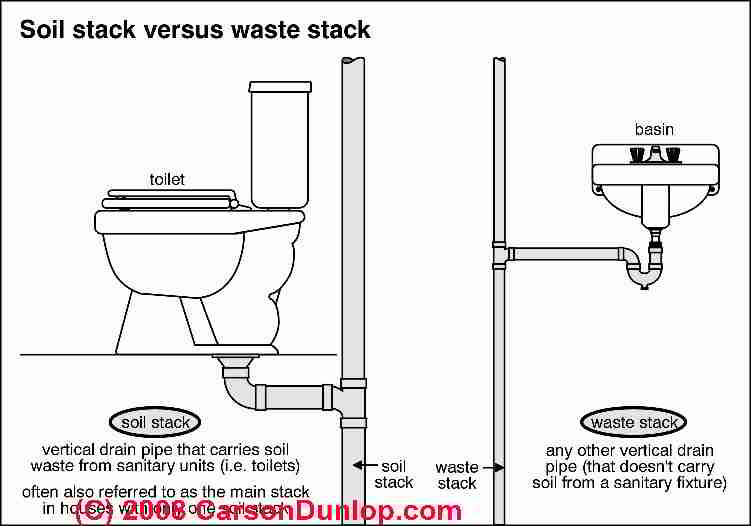
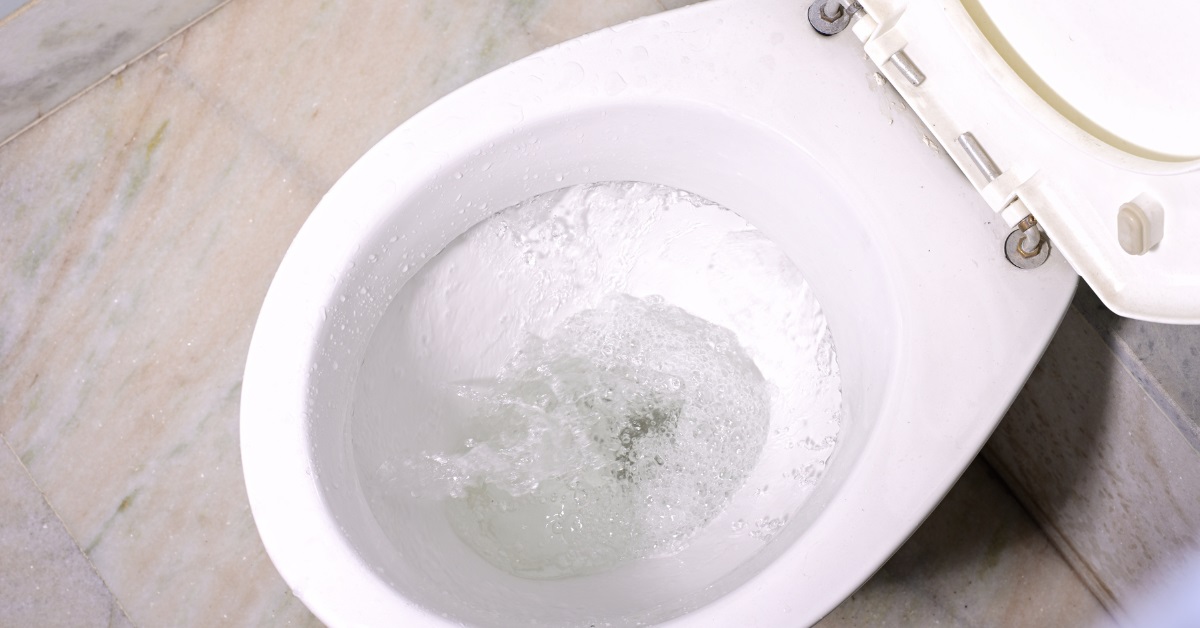
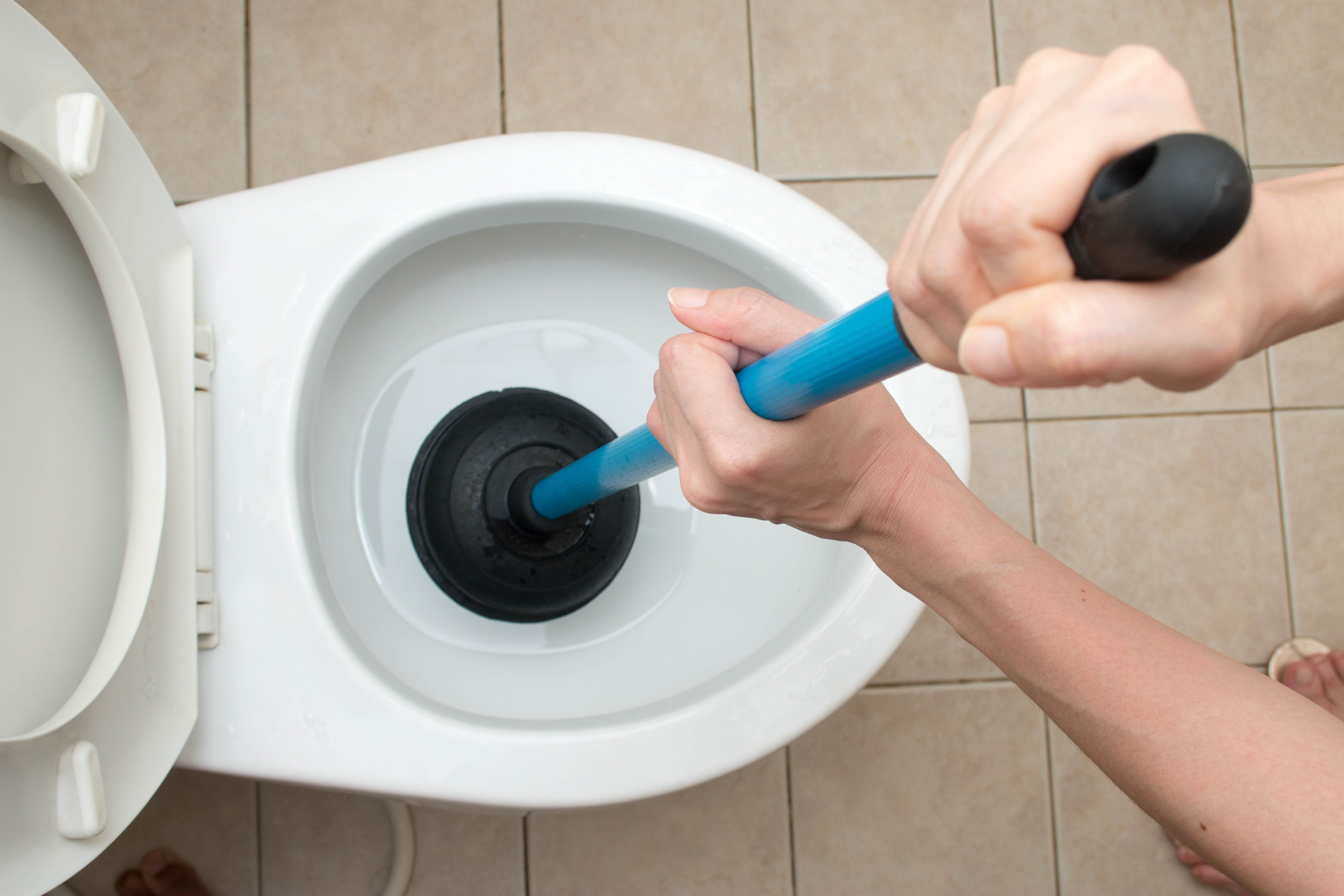


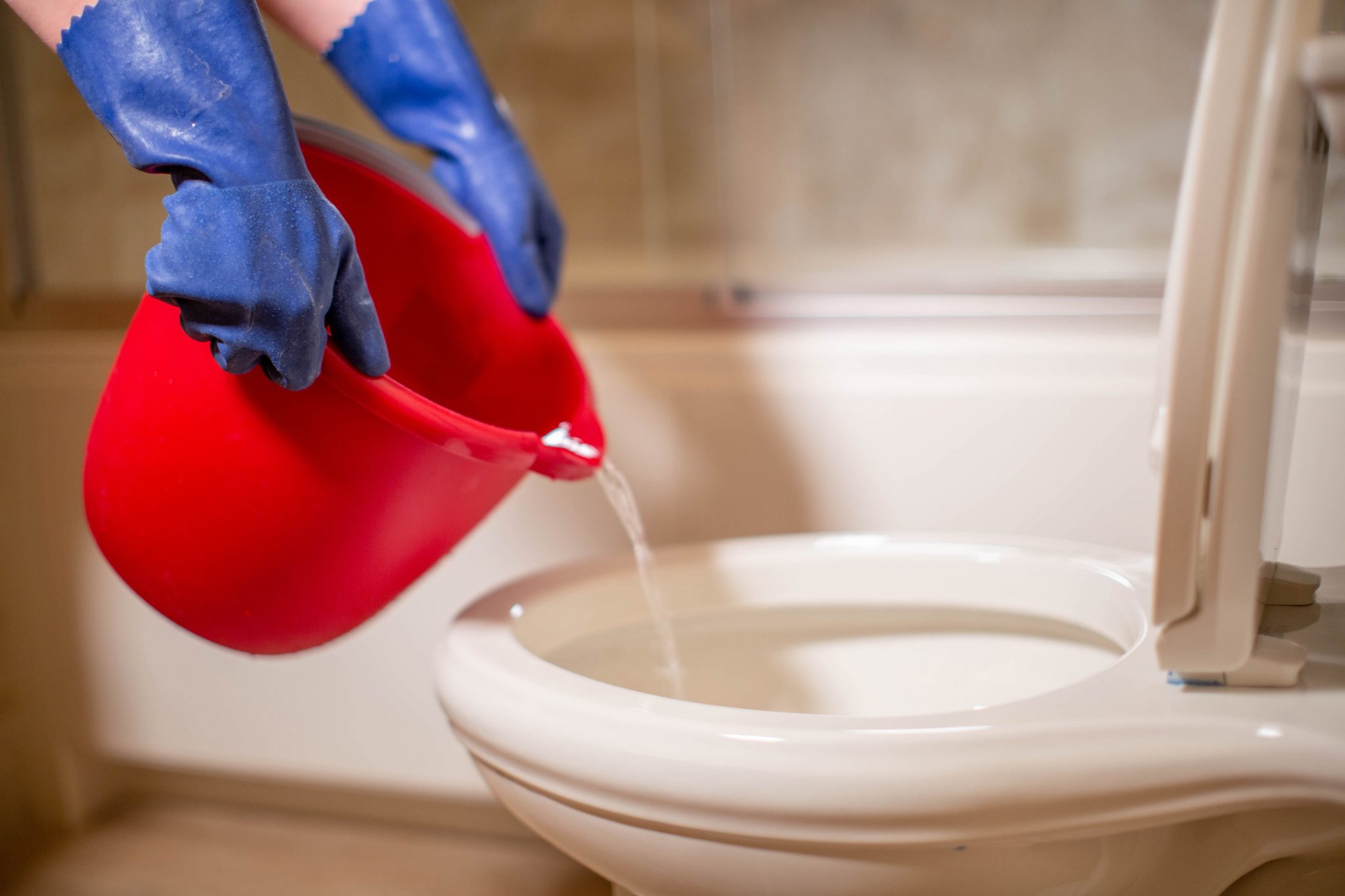
:max_bytes(150000):strip_icc()/how-to-drain-a-toilet-2719044-06-f964e74699434315838789cdca4a8196.jpg)

